Kinnikinnick is a small procumbent woody shrub 5-30 centimeter high. The leaves are evergreen, remaining green for 1-3 years before falling. The fruit is a red berry. It likes to spread and will root where stems touch the soil.It can handle a wide variety of sun conditions, from full sun to part shade to full shade, and tolerates summer water up to 1x per month. Does best near the coast where temperatures are lower and less supplemental water would be needed. Inland it would like afternoon shade and more water. Description from calscape.org
Home > Plant Guide >
Scientific Name
Family
Garden Type
Wildlife
Native Plant Region
Light needs
Water Needs
Plant Type
Bloom Color(s)
Height
Width
Months in Bloom
Safe Beneath Power Lines?
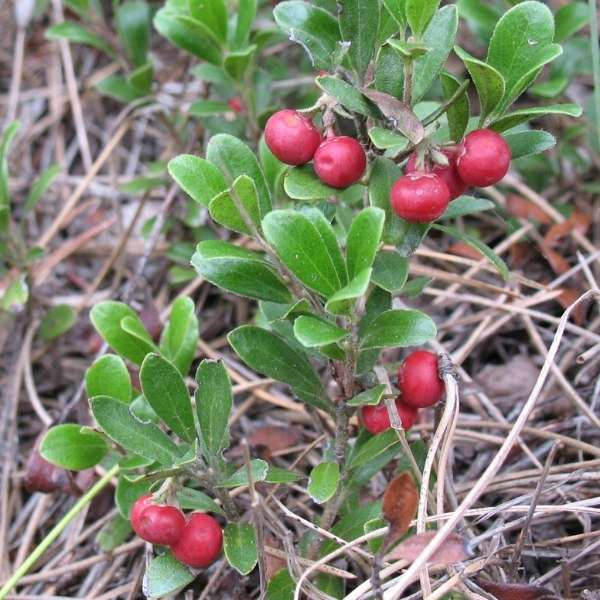
We’d like to maintain accurate and robust plant listings. If you see information that is not correct or that could be added to improve the listing, please let us know. Or if you’d like to suggest a plant to add to our plant guide, you can use this form do so. Thank you!

Learn about container gardening with shrubs, trees, herbs, veggies, perennials, and annuals. A special focus will be on plantings that provide pollinators with food and that encourage bird habitat.
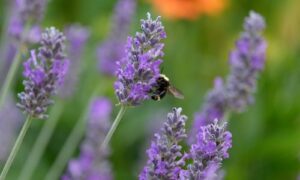
Check out our list of local wildlife-supporting plant stores and nurseries, organizations, and community science opportunities.
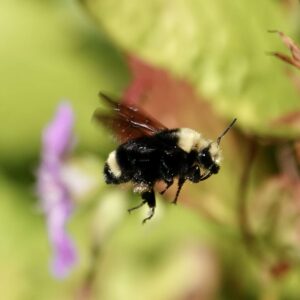
Look closer…and meet the local insects that pollinate the plants around your Seattle neighborhoods. Learn about some of our amazing native pollinating insects.
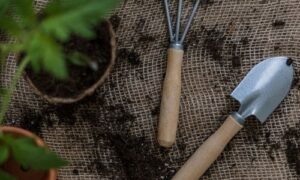
New types of vegetation can attract additional wildlife to an area. You might be surprised how a little green can go a long way!

Do you want to plant a tree, create butterfly habitat, or start a vegetable garden but don’t have a yard? Learn how planting strips are a great place to start your own garden!
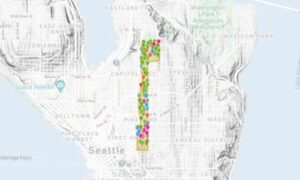
Get involved by sharing and mapping the birds, animals and nature around you to help the community understand the biodiversity in our neighborhood.
Nature of Your Neighborhood is a collaboration between Birds Connect Seattle, the Capitol Hill EcoDistrict, and the Seattle Bird Conservation Partnership. Our goal is to foster relationships between the people and the nature of their neighborhoods.